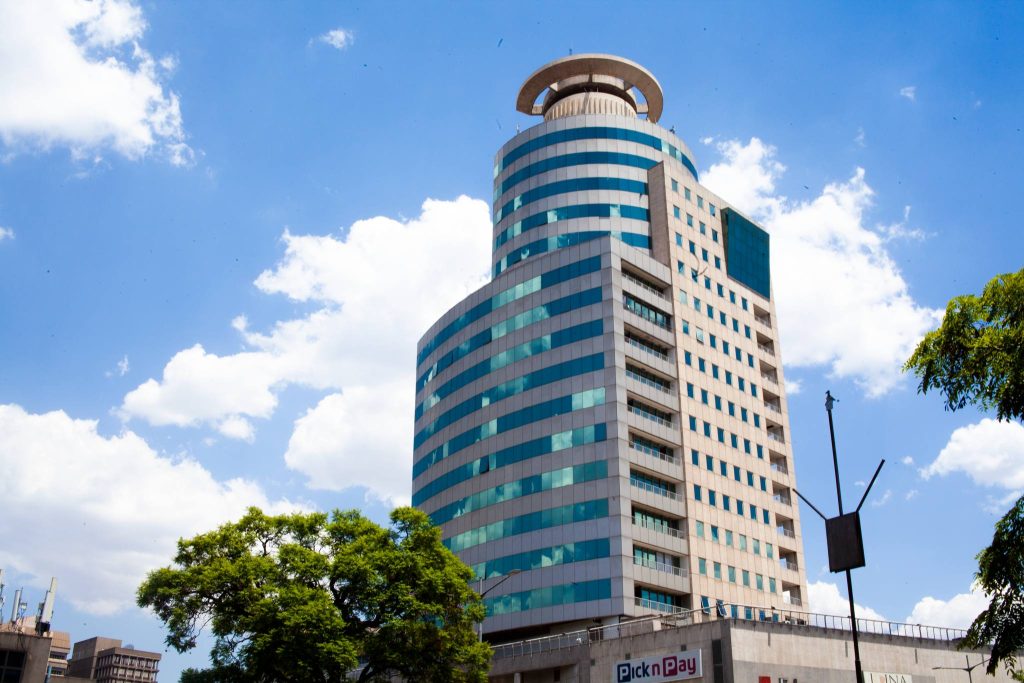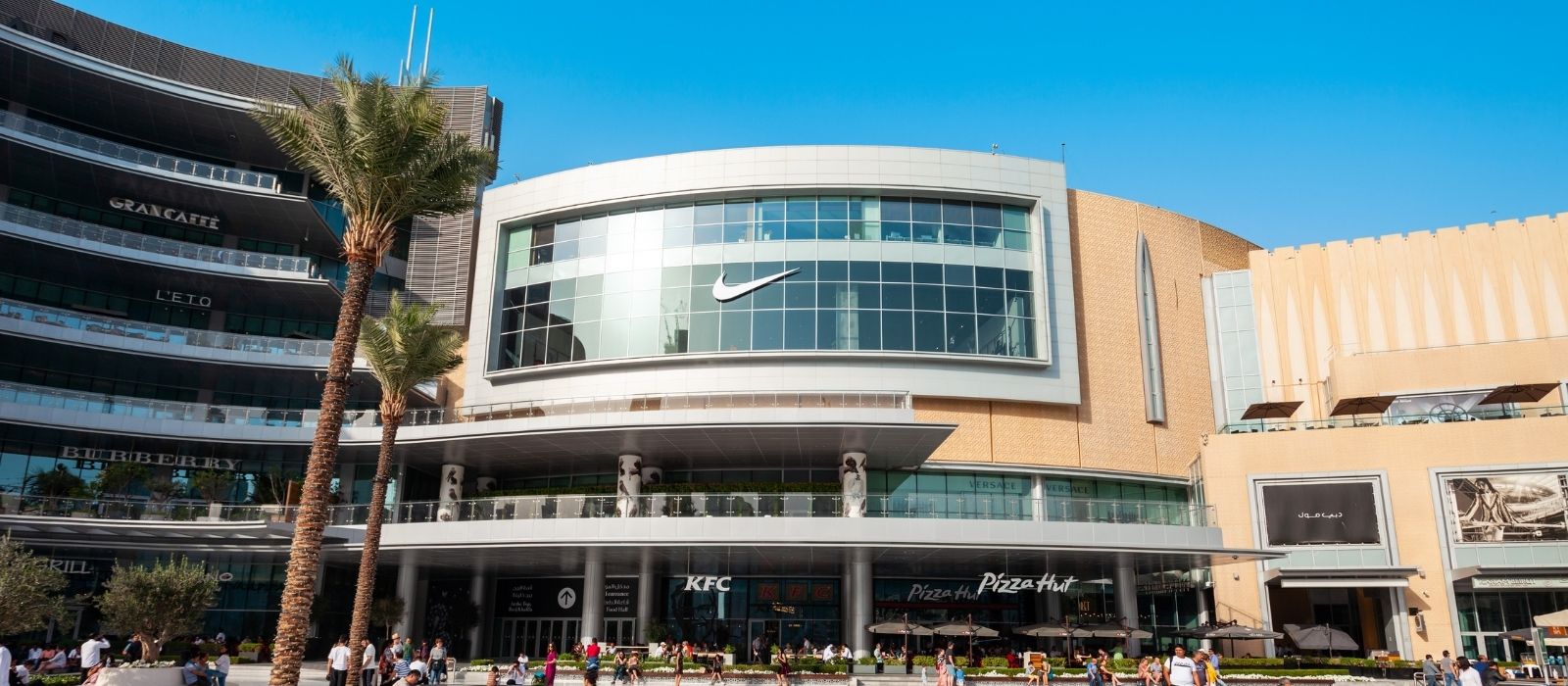
Africa, a continent rich in diversity and culture, has been a land of inspiration for many. In recent years, a distinct phenomenon emerged showcasing the unique blend of innovation and tradition on the continent: the rise of online shopping malls and sellers known as Runners.
Shopping malls in urban centres across Africa has had a profound impact on the continent’s economy, society, and culture. These malls are not just places to shop; they have become social hubs, economic drivers, and symbols of progress and development. With entertainment options such as cinemas, restaurants, arcades, and even water parks like the one in Nairobi’s Two Rivers mall, these spaces cater to a wide range of interests beyond retail therapy. These investments have created job opportunities in a lot of sectors and the presence of international retailers in these malls boosts foreign direct investment and promotes trade relations between African countries and global markets.
LET US DIVE INTO SOME OF THE MALLS
Game City Mall – Gaborone, Botswana stands out as the biggest and busiest shopping center in Botswana’s capital city. With a variety of specialty stores ranging from clothing retailers like Edgars to department stores like Game, along with popular dining options such as KFC and Nandos, this mall caters to a wide range of consumer needs while providing a vibrant atmosphere for shoppers.
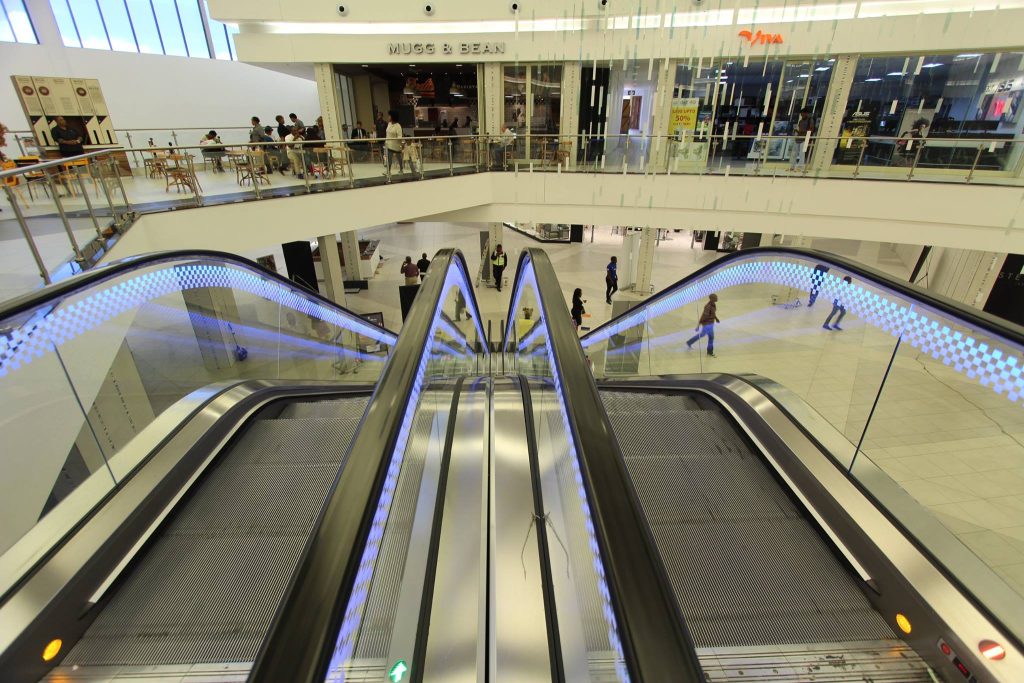
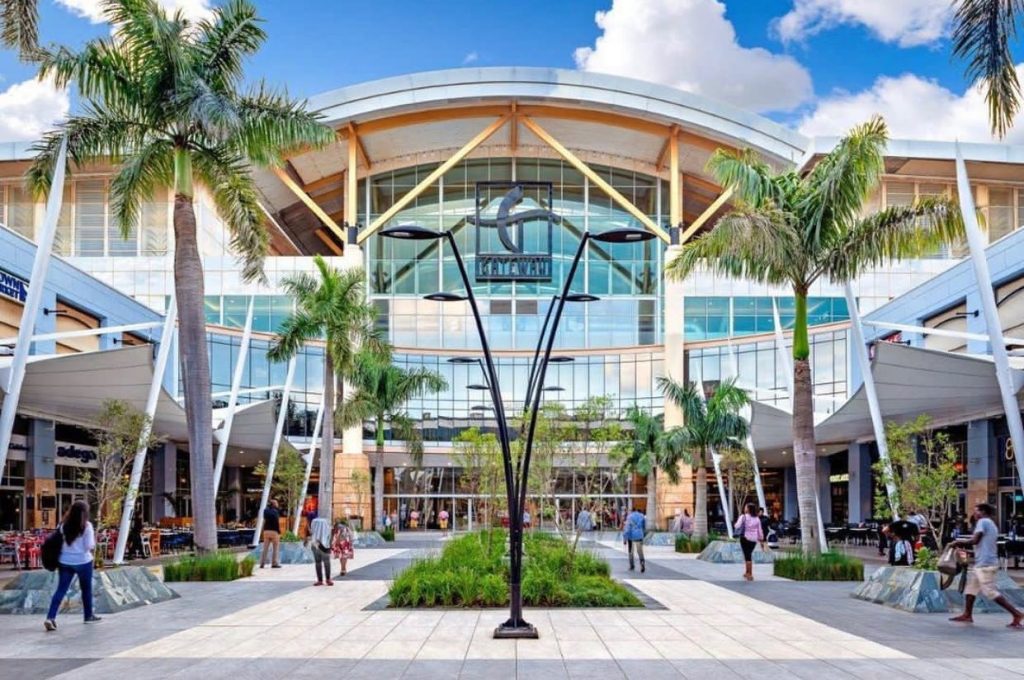
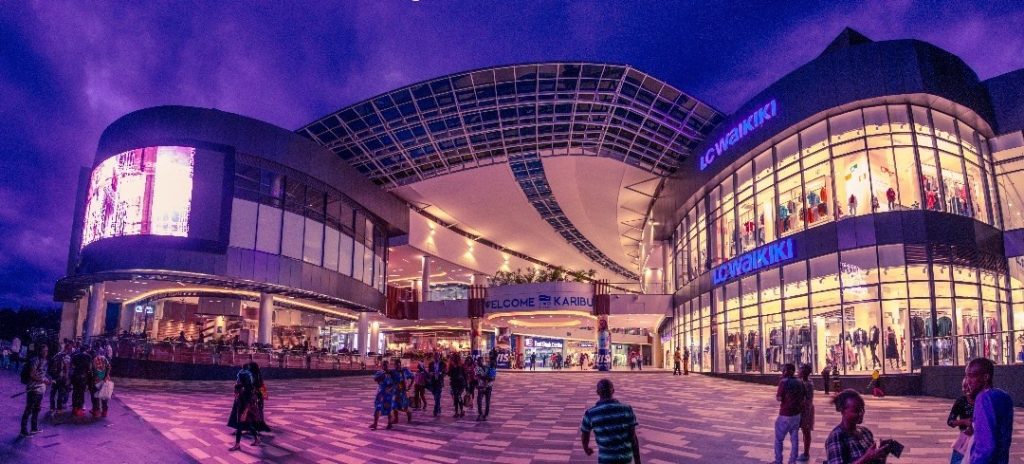
Gateway Theatre of Shopping – Umhlanga Rocks, South Africa is not only the largest mall in South Africa but also on the entire continent. Boasting over 390 stores and 70 eateries, this mega-mall caters to both local and international shoppers. From renowned fashion brands to entertainment facilities like an 18-cinema complex and Tony Hawk Skate Park, Gateway Theatre of Shopping offers a comprehensive retail and leisure experience under one roof.
Zimbabwe is not far behind, boasting malls like Joina City, which exemplifies exceptional architectural design, size, facilities, and a vibrant atmosphere. Its strategic location and focus on upmarket shopping cater to a wide range of visitors.
While malls offer convenience and a modern shopping experience, their proliferation in Africa comes with several disadvantages that need to be carefully considered to ensure sustainable development that benefits all segments of society.
SOME OF THE DISADVANTAGES INCLUDE
- Malls often attract customers away from traditional markets and local shops, leading to a decline in sales for these smaller businesses. The competition from malls, which may offer lower prices due to economies of scale, can threaten the livelihoods of local entrepreneurs who may not be able to compete effectively.
- While malls cater to middle and upper-class consumers who can afford the products and services offered, they may exclude lower-income individuals who cannot afford the higher prices found in malls.
- The presence of malls often leads to increased traffic congestion in surrounding areas. As malls attract large numbers of shoppers, especially during peak times such as weekends or holidays, this influx of vehicles can strain existing transportation infrastructure.
Despite the challenges, the outlook for shopping malls in Africa remains positive. Data from the 2017 to 2020 shopping center growth forecast in Africa indicates a clear trend of continued development across the continent. While there may be fluctuations in construction patterns and mall sizes, the overall trajectory suggests sustained growth and investment in shopping centers.
